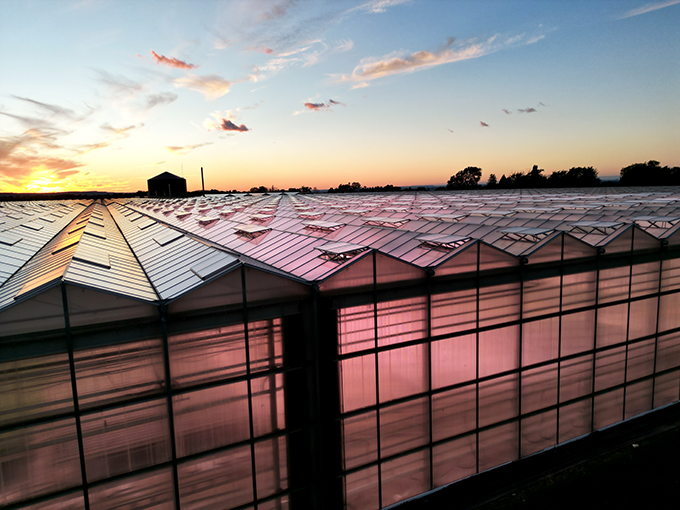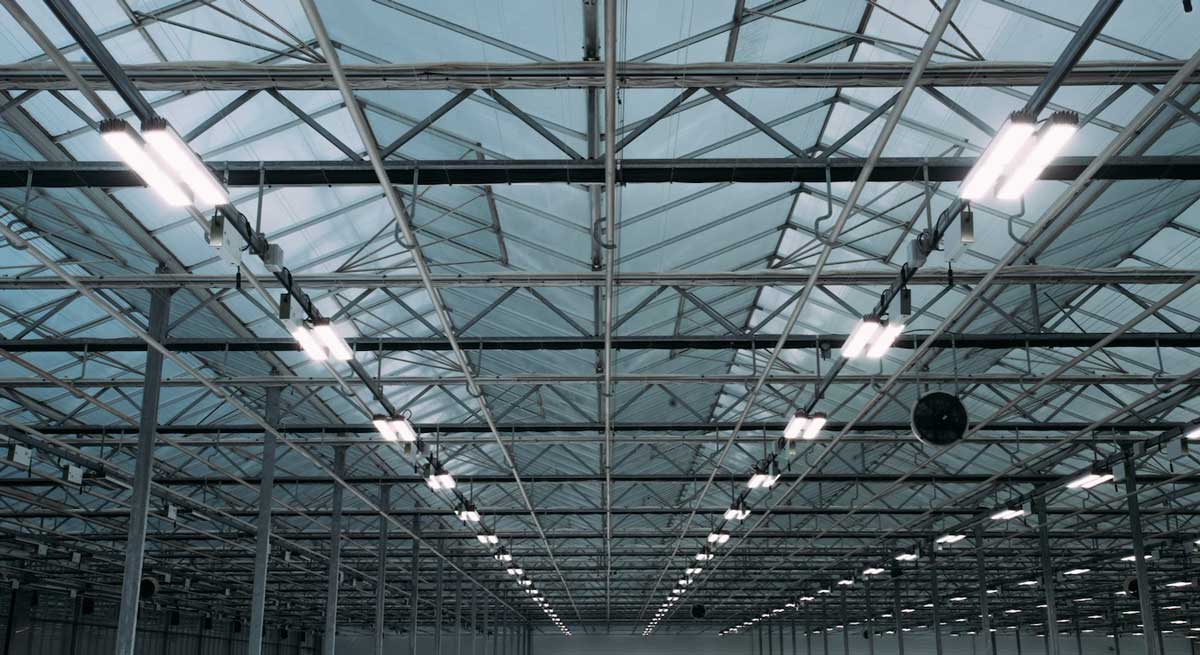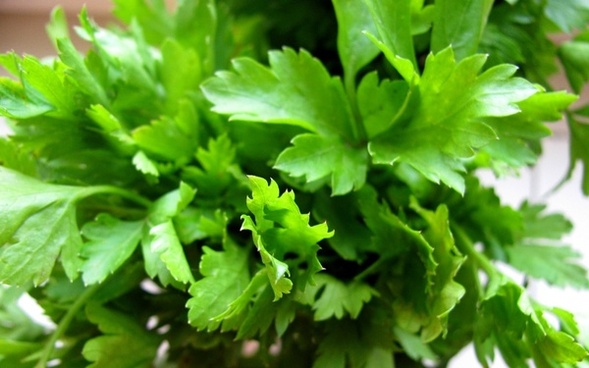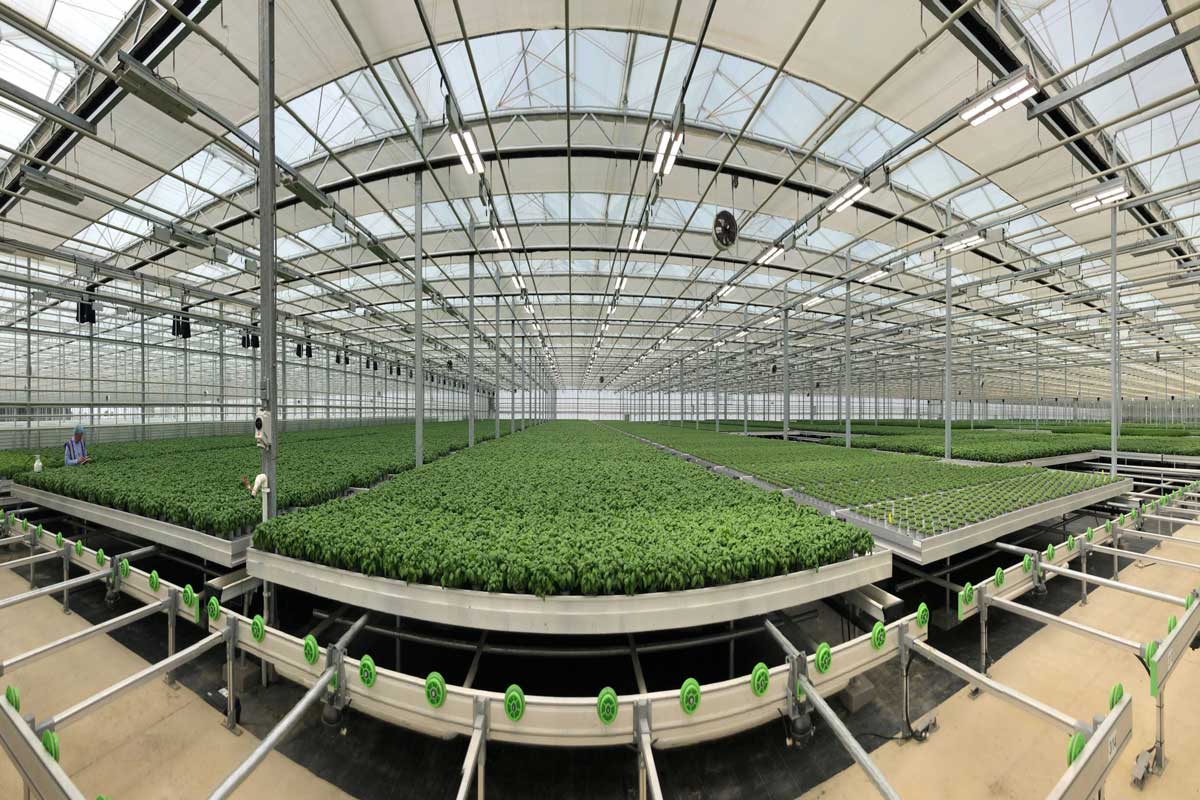Food
Greenhouse Lighting Strategies: The Power of Light Control on Food Crops
No matter the growing environment it’s important to have a lighting strategy that optimizes the light your plants receive at every growth stage. While in a sole source environment it’s easier to control your lighting conditions, in a greenhouse you need to consider many external factors. In our recent webinar for master growers, Dr. Roberto Lopez of Michigan State University noted that “in a greenhouse, we have to deal with our glazing material as well as the superstructure and all of the other factors that are going to reduce our light levels by anywhere from 40 to 70%.” Greenhouse growers have the challenge of effectively supplementing the natural seasonal light while also considering internal barriers to light, to ensure optimal exposure for their crops year round.
DLI and Greenhouse Growing
Dr. Lopez commented that “to produce an acceptable quality vegetable or herb, we need at least a minimum Daily Light Integral of 15 moles of light.” Daily Light Integral (DLI) is the sum of all Photosynthetically Active Radiation (PAR) that plants receive over the course of a 24-hour day. DLI is measured in moles of photons (mol) per square meter (m2) per day (d). In a controlled greenhouse environment, supplemental DLI can have a significant impact on the overall quality and production rates of plants. For example, the number of days to harvest for lettuce can be directly affected by DLI as follows:
Days to Harvest for Lettuce
• 17 mol·m-2·d-1: 35 days to harvest
• 10 mol·m-2·d-1: 60 days to harvest
• 5 mol·m-2·d-1: 119 days to harvest
Supplementing the light in your greenhouse to achieve a minimum DLI of 12 to 13 moles or higher over a photoperiod of 10 to 16 hours is generally recommended for lettuce. While supplemental lighting can improve lettuce quality such as heart firmness, it can also cause damage such as tip-burn if you go over 17 moles for an extended period.
How Plants Typically Respond to Increased DLI
• Increased yields
• More branches
• Increased stem diameters
• Smaller, thicker leaves
• Sturdier plants
• Better root growth
Remember that supplemental lighting need only be provided at times when plants are receptive to it. For example, supplementing with more light than your plants need at high noon will waste energy and may also damage the plants. A good LED lighting control strategy will adjust to plant needs and provide the optimal light throughout the day – no matter the time of day or the season.
How Different Colors of Light Can Assist Greenhouse Growth
While it’s important to provide supplemental DLI in a greenhouse, light works in synergy. Using the right ratio of light wavelengths along the spectrum is also critical for achieving your crop goals at different phases of growth. Each plant species has unique light requirements, but blue light typically promotes compact vegetative growth, drives strong root development and influences color and finish. Green light penetrates deeper into the canopy, promotes natural growth and can prevent abnormal development. A strong promoter of photosynthesis, Red light encourages healthy plant development and biomass accumulation. Further along the spectrum, Far-Red is typically associated with extension and expansion growth, flowering and promoting biomass development. How you manipulate these light wavelengths can determine all aspects of plant growth, from rooting to finishing.
LED vs HPS in a Greenhouse
While HPS lighting has a fixed spectrum and is not necessarily optimized for PAR and plant cultivation, LED lighting really shines in its ability to provide the right light, at the right place and at the right time to achieve your crop goals. Although HPS lighting was once lauded for boosting yields, it is difficult to control, hot and energy hungry. With intelligent LED you can reduce power demand while maintaining yields, or opt to use the same amount of power and watch yields increase. Overall, customized greenhouse LED lighting strategies can enable you to manage crop growth in ways that HPS simply can’t deliver. Whether you want to achieve summer harvests year round, a longer shelf life, deeper colour, better flavor or all of the above, versatile LED lighting with intelligent control systems can provide the optimum lighting environment. Want to learn more?
Get your copy of the eBook: Producing High-Quality, Profitable Food Crops Faster
Get in touch with us!
From custom light planning, to tailored quotes, and everything in between,
our team of horticulture experts are always ready to assist.







